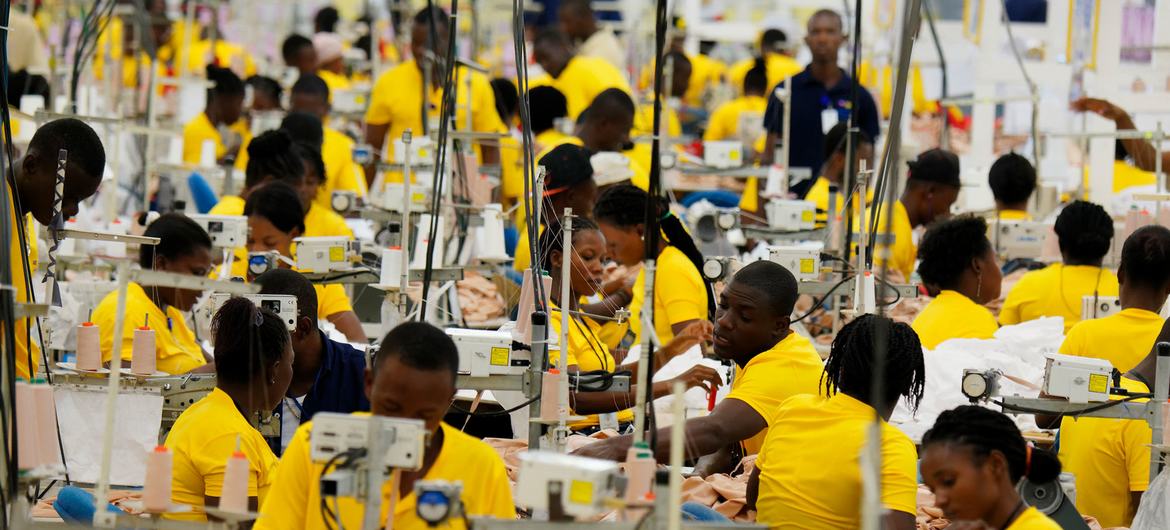
About the report
At the end of March 2020, 80% of the world’s population lived in countries with required workplace closures. At the same time, in the hushed streets of cities and towns throughout the world, key workers left the safety of their homes to go to work.
Across the world, these workers produced, distributed and sold food, cleaned streets and buses to minimize the spread of the pandemic, ensured public safety, transported essential goods and workers to their jobs, and cared for and healed the sick. These are the key workers.
The COVID-19 pandemic has made evident the extent to which societies need key workers – in both good times and bad – but also how undervalued most key jobs are, raising concerns about the sustainability of these essential activities, especially given the possibility of future shocks.
This report calls for a revaluation of the work of key workers to reflect their social contribution and greater investment in key sectors.
The report is organized around seven chapters:
- Chapter 1: Who are the key workers?
- Chapter 2: The risk and strain of working during the COVID-19 pandemic
- Chapter 3: Working conditions of key workers
- Chapter 4: Specific challenges faced by the eight key occupational groups
- Chapter 5: Strengthening the institutions of work
- Chapter 6: Sectoral investments to support key workers and enterprises
- Chapter 7: Policies to build resilience
Read the Executive Summary (PDF)
Source: ILO
 Welcome to the United Nations
Welcome to the United Nations